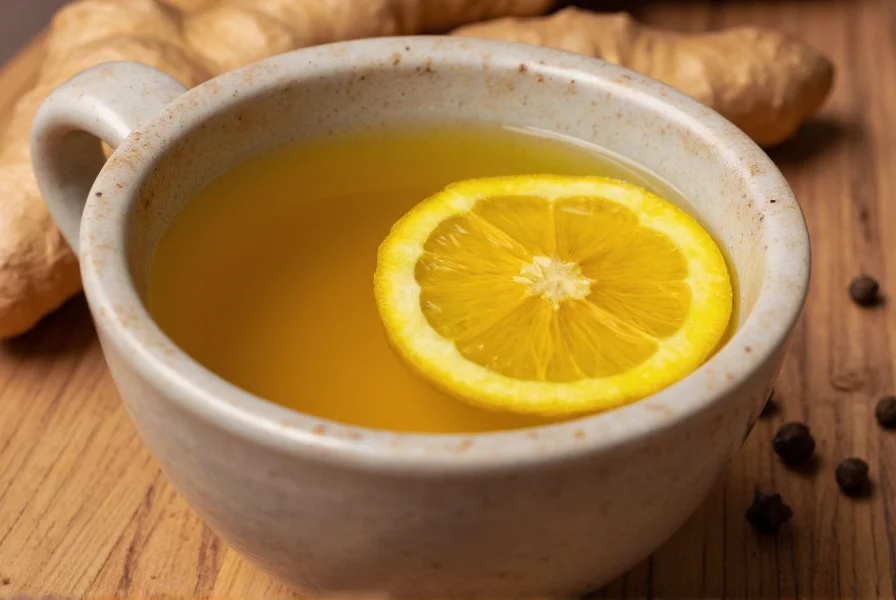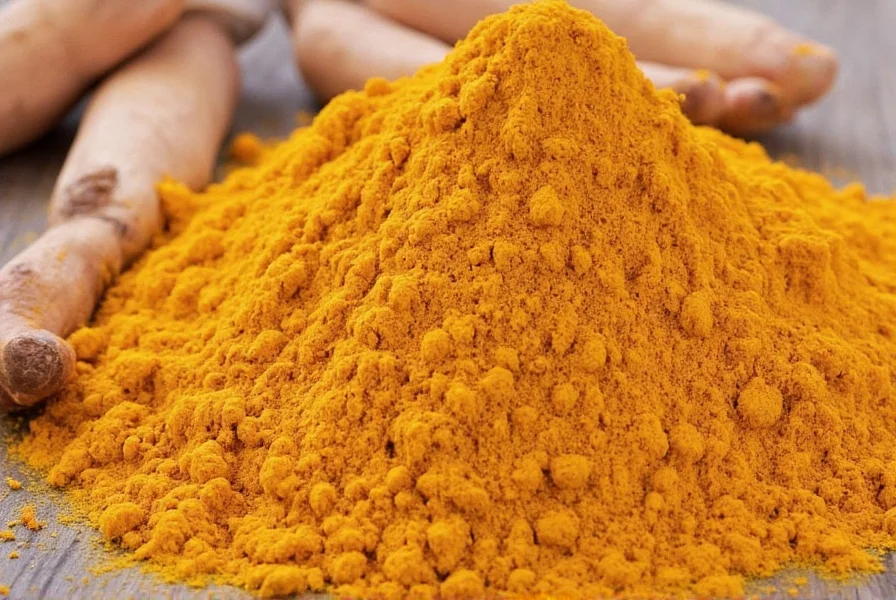For centuries, turmeric has been a cornerstone of traditional medicine systems across Asia. Modern science is now validating many of these traditional uses while uncovering new potential health applications. The golden spice's primary active component, curcumin, constitutes about 2-8% of turmeric by weight and is responsible for most of its scientifically documented health effects.
The Science Behind Turmeric's Health Properties
Curcumin's molecular structure gives it unique biological properties that interact with multiple cellular pathways. Unlike many pharmaceutical compounds that target single pathways, curcumin appears to have pleiotropic effects, influencing numerous biochemical processes simultaneously. This multi-target action explains why research has explored turmeric's potential benefits across various health conditions.
Key Evidence-Based Benefits of Turmeric
Powerful Anti-Inflammatory Effects
Chronic inflammation contributes to nearly all modern chronic diseases. Curcumin demonstrates significant anti-inflammatory properties by inhibiting key inflammatory molecules like NF-kB, cytokines, and enzymes such as COX-2. A comprehensive review published in Drugs in R&D concluded that curcumin's anti-inflammatory effects compare favorably with certain anti-inflammatory medications, but without the same side effect profile.
| Health Benefit | Scientific Support Level | Effective Dosage Range | Timeframe for Noticeable Effects |
|---|---|---|---|
| Anti-inflammatory effects | Strong clinical evidence | 500-1,500 mg curcumin daily | 2-4 weeks |
| Oxidative stress reduction | Strong laboratory evidence | 500-1,000 mg curcumin daily | 3-6 weeks |
| Joint health support | Moderate clinical evidence | 1,000 mg curcumin daily | 4-8 weeks |
| Cognitive function support | Preliminary clinical evidence | 500-1,000 mg curcumin daily | 8-12 weeks |
Antioxidant Capacity Enhancement
Curcumin boosts the body's own antioxidant enzymes while directly neutralizing free radicals. This dual action makes it particularly effective against oxidative damage, which contributes to aging and many diseases. Research in Advances in Experimental Medicine and Biology shows curcumin increases activity of key antioxidant enzymes like glutathione, catalase, and superoxide dismutase.
Cardiovascular Health Support
Studies suggest turmeric may improve endothelial function, which is crucial for proper blood vessel operation. A randomized controlled trial in Nutrition Journal found that curcumin supplementation improved endothelial function in postmenopausal women to a degree similar to exercise. Other research indicates potential benefits for cholesterol management and blood pressure regulation.
Cognitive Function and Brain Health
Curcumin may increase brain-derived neurotrophic factor (BDNF), a growth hormone that functions in the brain. Low levels of BDNF are associated with depression and Alzheimer's disease. While human studies are still limited, preliminary research published in the American Journal of Geriatric Psychiatry suggests curcumin may help improve memory and attention in older adults without dementia.
Overcoming Turmeric's Bioavailability Challenges
One significant limitation of turmeric is its poor bioavailability—curcumin isn't easily absorbed by the body. This explains why traditional preparations often combine turmeric with black pepper, which contains piperine. Scientific research confirms that piperine can increase curcumin absorption by up to 2,000%. Modern supplement formulations address this through:
- Liposomal delivery systems
- Phospholipid complexes
- Nano-formulations
- Combination with healthy fats
When evaluating turmeric supplements, look for products specifying "enhanced bioavailability" and containing at least 95% curcuminoids. Standardized extracts provide more reliable dosing than generic turmeric powder.
Practical Considerations for Turmeric Consumption
Dietary Integration Strategies
For those preferring food-based approaches, incorporating turmeric into your diet can be both delicious and beneficial:
- Add 1-2 teaspoons to soups, stews, or rice dishes
- Blend into smoothies with black pepper and healthy fats
- Create golden milk by simmering turmeric in milk (dairy or plant-based) with cinnamon and a pinch of black pepper
- Use in salad dressings with olive oil to enhance absorption

Potential Side Effects and Interactions
While generally safe, turmeric may cause issues in certain situations:
- High doses may cause digestive discomfort in sensitive individuals
- May interact with blood thinners like warfarin
- Potentially lowers blood sugar, requiring monitoring for diabetics
- May exacerbate gallbladder issues in susceptible people
- Should be discontinued before surgery due to potential bleeding risk
Consult with a healthcare provider before starting turmeric supplementation if you have medical conditions or take prescription medications. Pregnant and breastfeeding women should exercise particular caution.
Evidence-Based Recommendations for Turmeric Use
Based on current research, here's how to maximize turmeric's potential benefits:
- Choose formulations with enhanced bioavailability (look for terms like "phospholipid complex" or "meriva")
- Consume with black pepper (containing piperine) and healthy fats
- Consider dividing daily doses (e.g., 500 mg twice daily rather than 1,000 mg once)
- Be patient—many benefits require consistent use for 4-8 weeks
- Combine with a healthy lifestyle for synergistic effects

Conclusion: Realistic Expectations for Turmeric Benefits
Turmeric offers promising health benefits supported by growing scientific evidence, particularly for inflammation reduction and antioxidant support. However, it's not a miracle cure, and benefits are generally modest and require consistent, long-term use. The most significant results come from high-quality, bioavailable formulations taken consistently as part of an overall healthy lifestyle. While turmeric shows considerable promise, it should complement rather than replace conventional medical treatments for serious health conditions.











 浙公网安备
33010002000092号
浙公网安备
33010002000092号 浙B2-20120091-4
浙B2-20120091-4